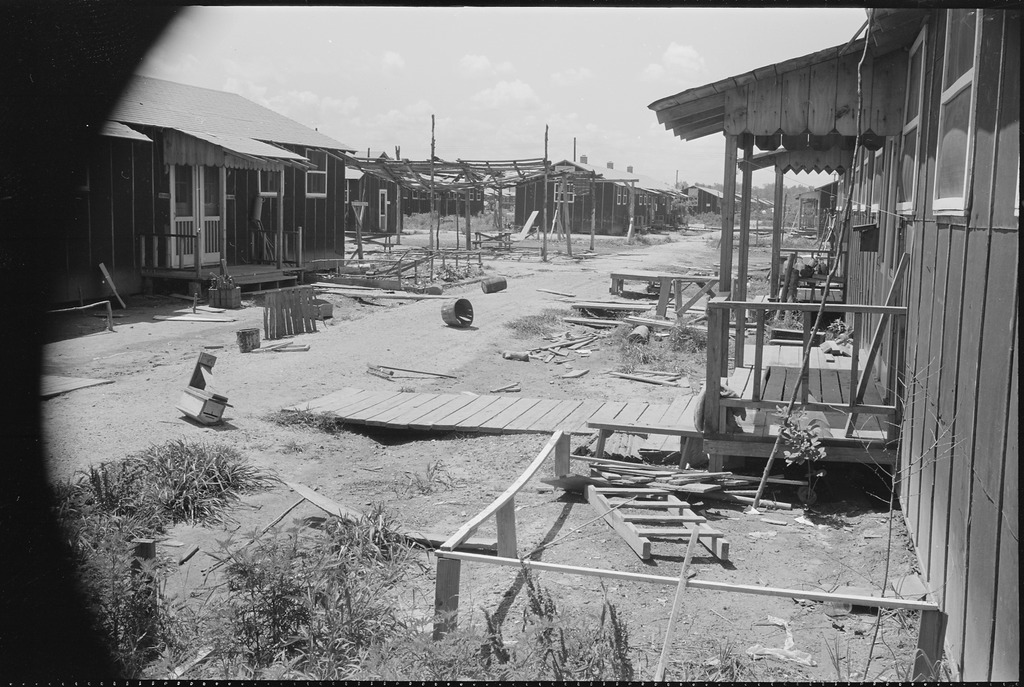Located in Denson, Arkansas, Jerome concentration camp opened on October 6, 1942 and held 8,000 Japanese Americans during World War II. Jerome was open for the shortest duration of all WRA camps, and received over 800 inmates directly from Hawai’i.
Featured Collections
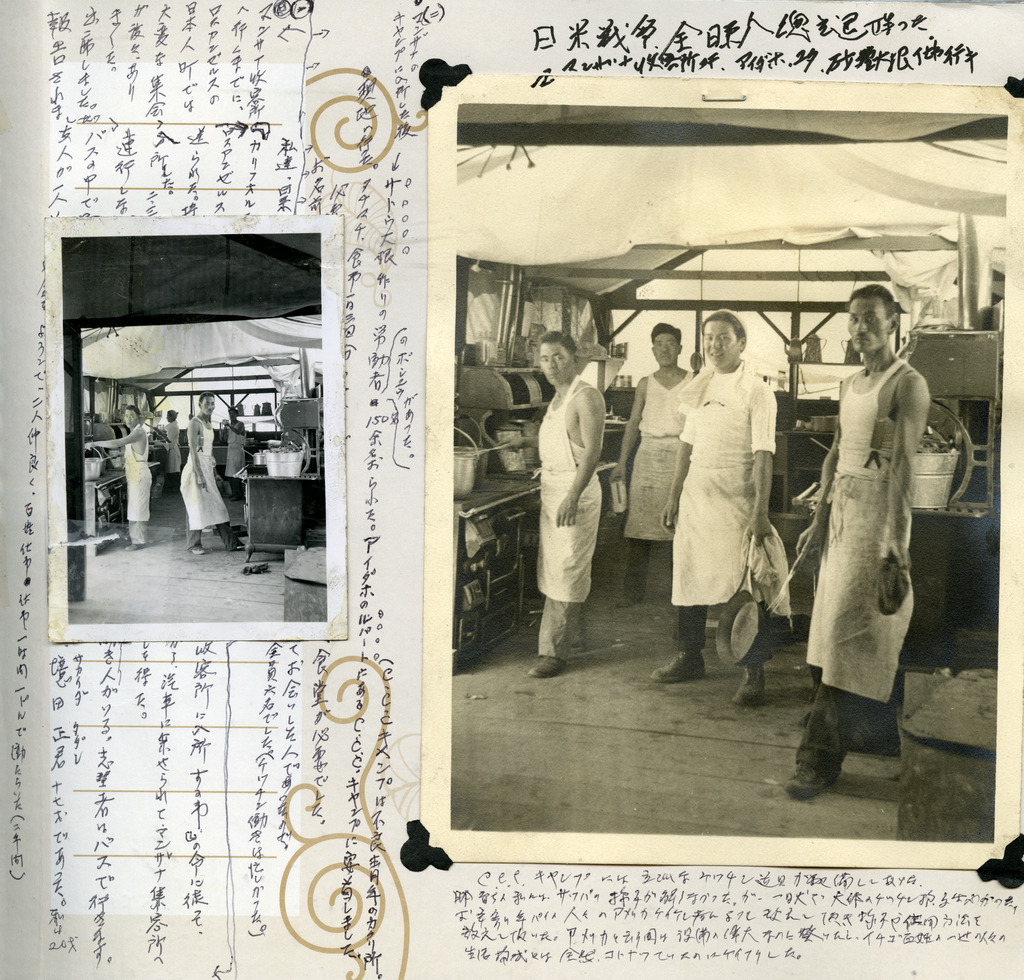
CSU Dominguez Hills George and Mitzi Naohara Papers
This collection consists of photo albums and scrapbooks compiled by George and Mitzi Naohara depicting their experiences during World War II in the Manzanar, Jerome, and Tule Lake camps.
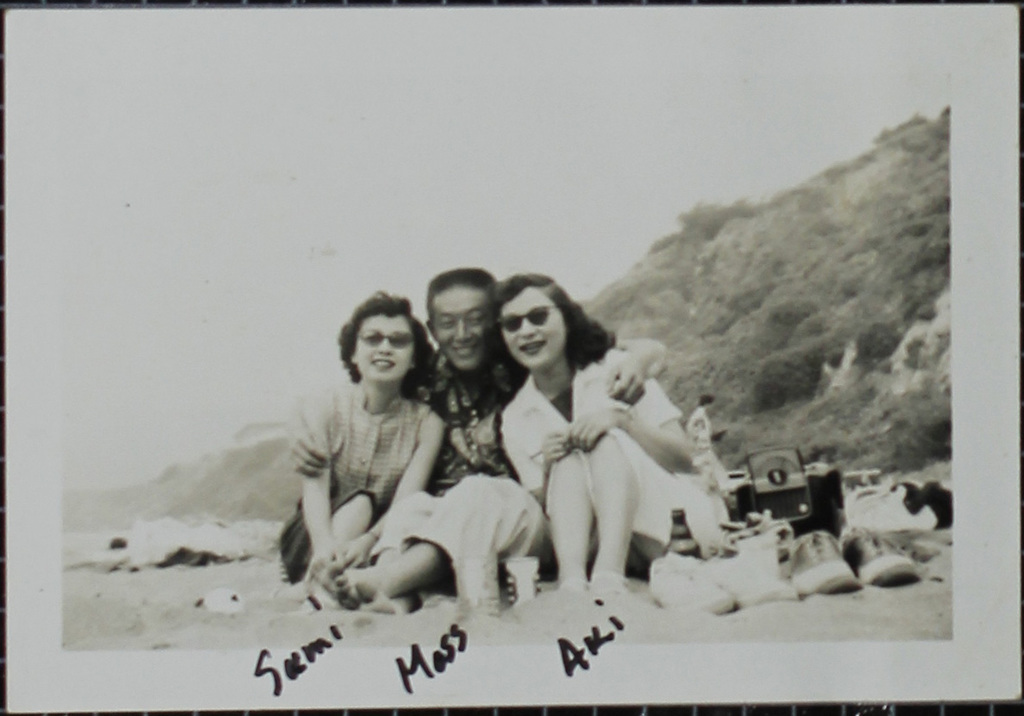
Fujii and Mori Families Collection
The Fujii and Mori Families Collection consists of 6 photograph albums documenting life in Tacoma and Vashon Island, Washington before World War II, incarceration at Heart Mountain and Jerome concentration camps and relocation to California after the war.
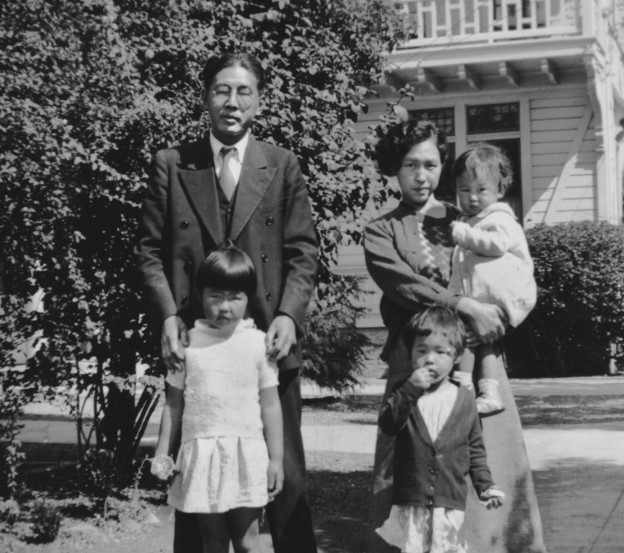
Alameda Japanese American History Project: Family and Community Collection
Collection includes photographs and ephemera from the Alameda community including individuals, families, businesses and community organizations such as the YMBA.
Oral Histories
Experiencing Winter in Jerome - Masamizu Kitajima
Masamizu Kitajima's father was arrested by the FBI after the bombing of Pearl Harbor, and was shipped from `O`okala, Hawai`i to a mainland prison camp. His mother "voluntarily" submitted to incarceration so that the family could be reunited in Jerome, Arkansas.
Uncovering Key Evidence of Government Wrongdoing - Aiko Herzig-Yoshinaga
Aiko Herzig-Yoshinaga was incarcerated at Manzanar and Jerome during WWII. In this clip she describes how her archival research moved Congress to support monetary redress for Japanese Americans.
"You realize how important education is" - Yuri Kochiyama
Yuri Kochiyama, well-known civil rights activist, was incarcerated in the Jerome concentration camp, Arkansas. In this clip, she reflects on how little she learned in school and the importance of education.
Encyclopedia Entries
Jerome
One of two War Relocation Authority (WRA) administered concentration camps located less than thirty miles from each other in southeastern Arkansas, Jerome had the distinction of being the last to open and the first to close and was open for less than twenty-one months, far shorter than any other WRA camp.
Denson Tribune (newspaper)
The Denson Communique (October 23, 1942 to February 26, 1943) and Tribune (March 2, 1943 to June 6, 1944) was the newspaper at the Jerome , Arkansas, concentration camp. It was the shortest running of all the camp newspapers, since Jerome was the last camp to open and the first camp to close.
Blog Posts
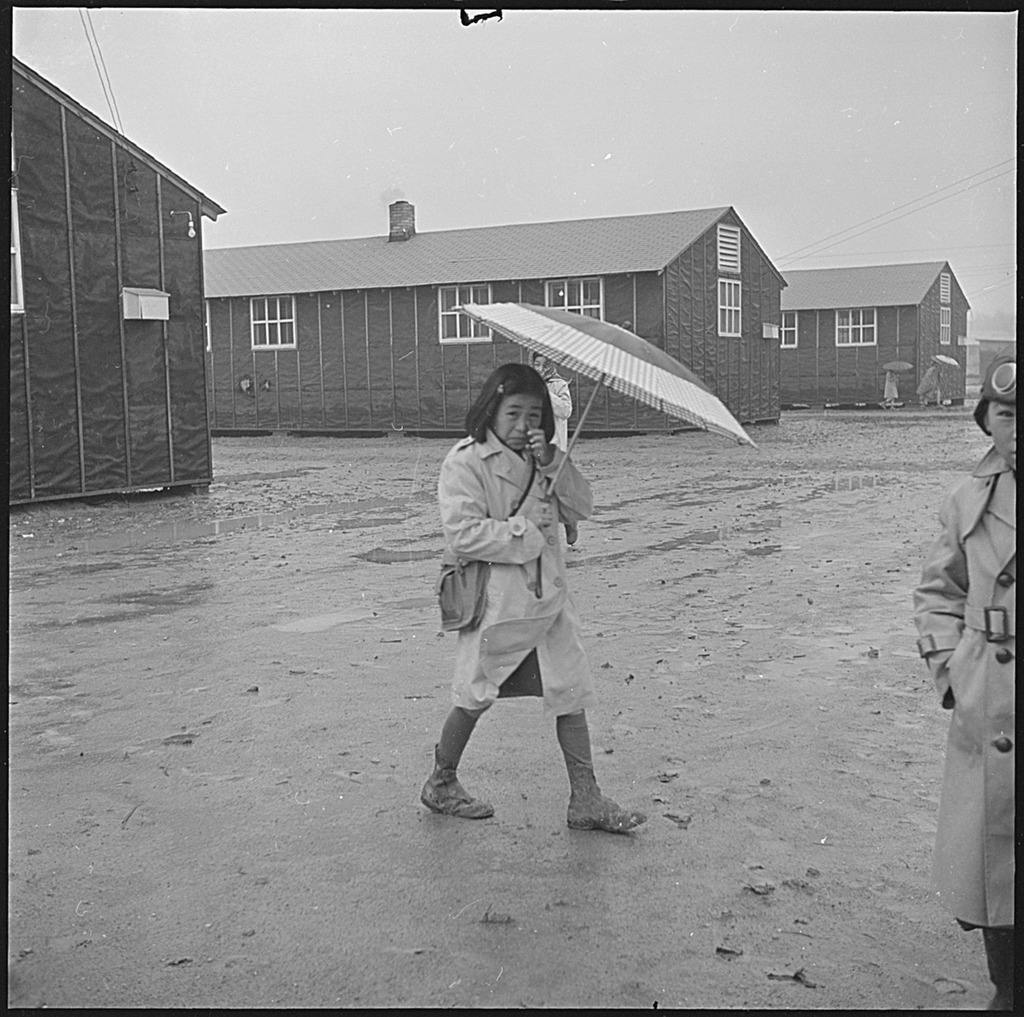
Grilled Rattlesnake, Missing Toilets, and Other Things You Might Not Know about Jerome
One of two camps located in southeastern Arkansas—and less than thirty miles from Rohwer, the other such camp—Jerome was the earliest WRA camp to close, shutting down at the end of June 1944. But it was unique in other ways, including a high number of inmates from Hawai`i, a severe flu epidemic in late 1943, and popular local “delicacies” like grilled rattlesnake.
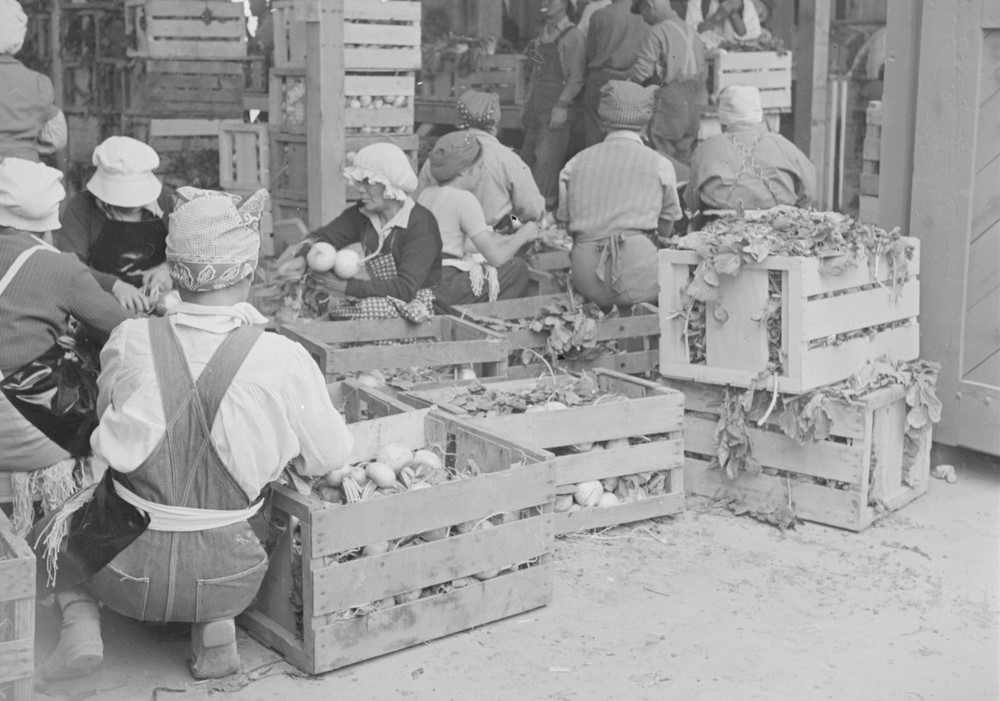
The Labor History of Japanese American Incarceration during WWII
Japanese Americans were expected to help build and maintain the concentration camps where they were held, as well as grow some of their own food to offset the costs of their imprisonment. The working conditions and paltry wages offered by the War Relocation Authority (WRA), the government agency responsible for managing the camps, left much to be desired.
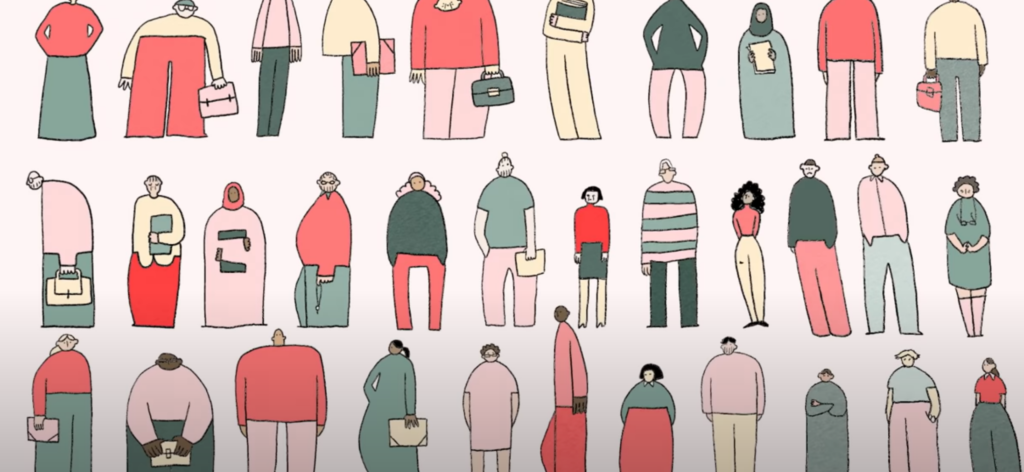
Educational Material Model Minority Myth
Recent violence targeting Asian Americans has been a painful reminder that the forces of racism and xenophobia that led to WWII incarceration are still very much part of our world. In a new collaboration between Densho and TED-Ed, we created a lesson that traces the history of the “model minority” myth and illustrates the damaging effects of racial stereotypes, even when they cast an entire group of people in a supposedly positive light.
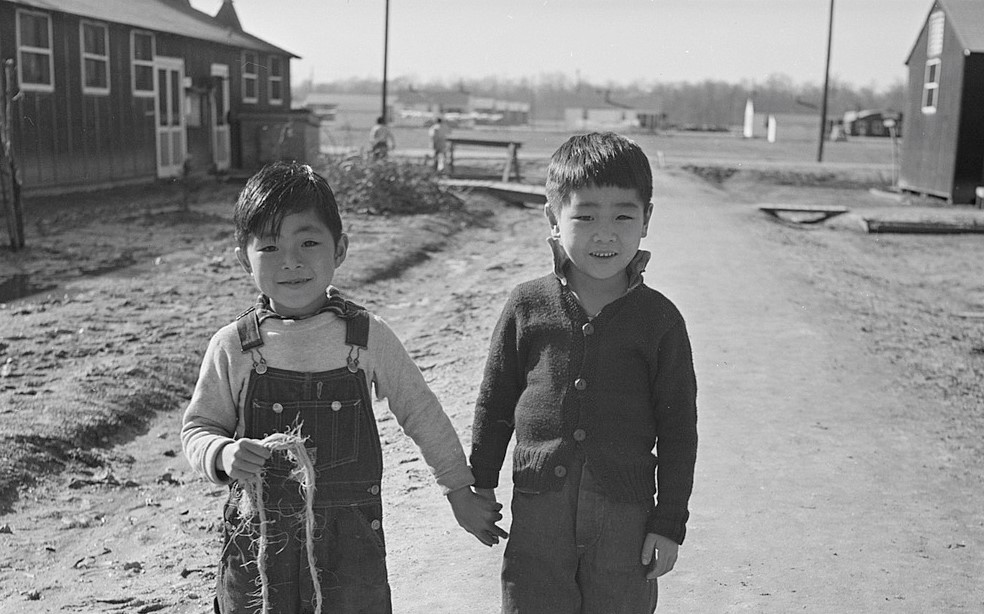
Exploring Your Family History
Over the past two decades Densho’s extensive online resources have become increasingly useful as a tool for Japanese American families to explore their heritage. The Densho Family History Program’s mission is to help members of the Japanese American community connect with their history through education, training, access to genealogical tools, and preservation of historical materials.
Acknowledgement
Funding made possible by The Henri and Tomoye Takahashi Charitable Foundation.
